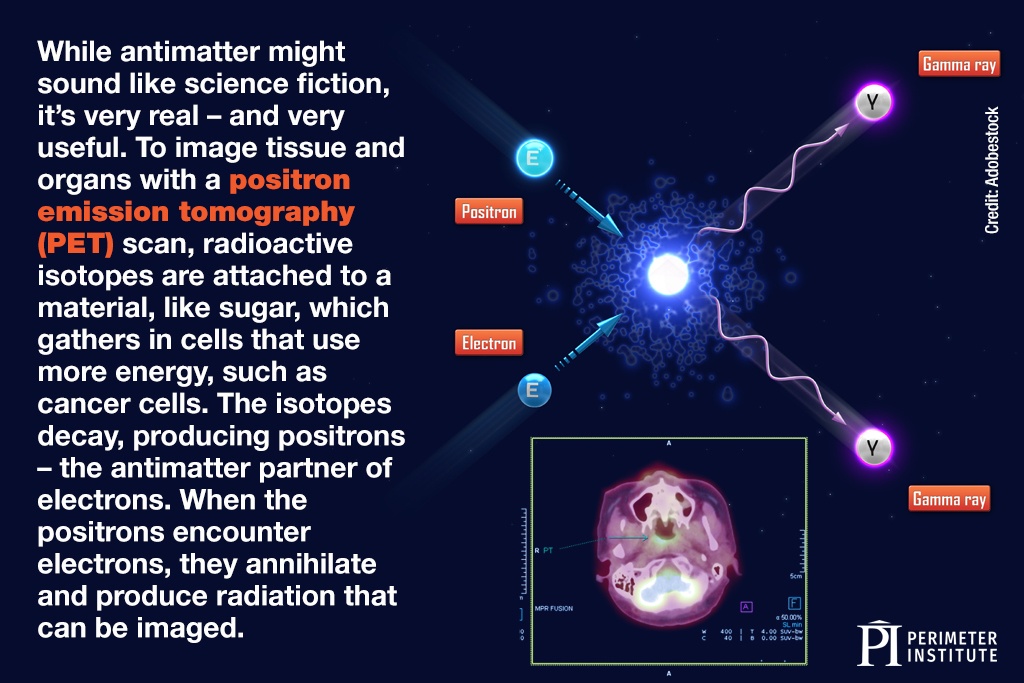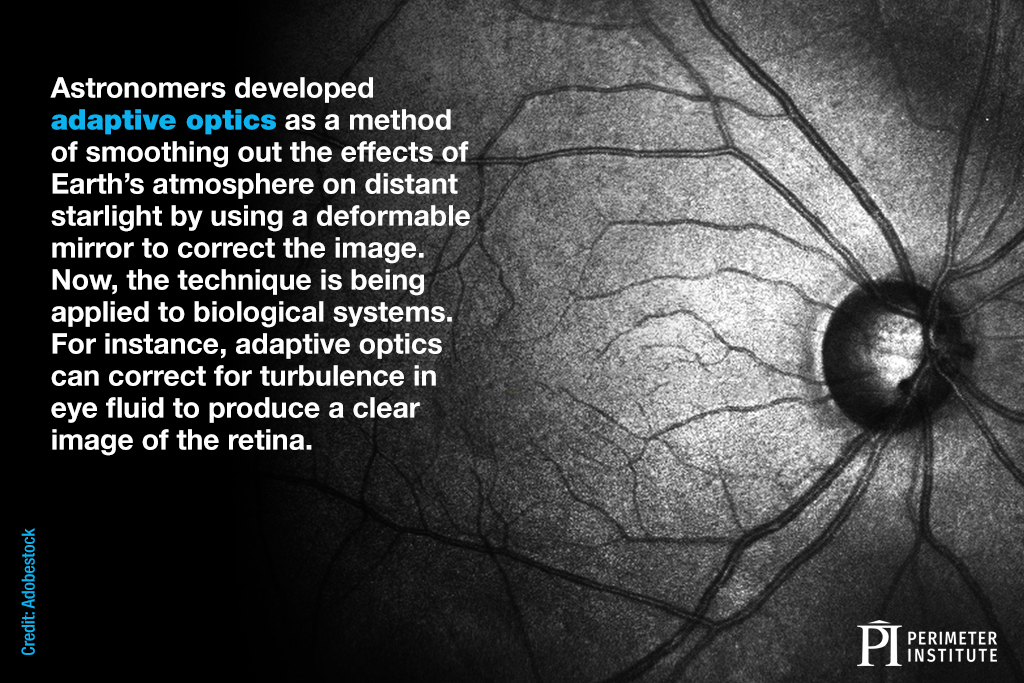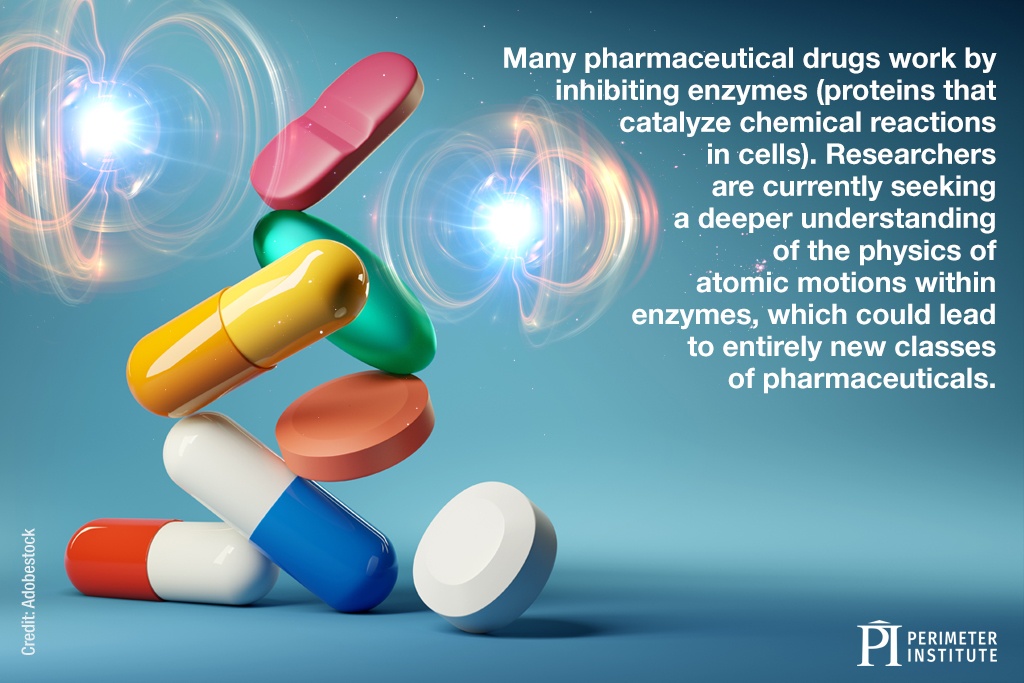
When Albert Einstein postulated his general theory of relativity, he was trying to figure out how the universe worked. He couldn’t have foreseen that, decades later, the principles would play a key role in GPS satellites, enabling millions of people to navigate around the globe.
Physics is full of such stories. While physicists are often motivated by pure curiosity, the knowledge they uncover eventually finds practical applications in chemistry, materials science, computer science, and more. Even today, in the midst of a global pandemic, physicists are contributing in unexpected ways, from exploring the role of causal models in assessing COVID-19 responses to helping create simple, much-needed ventilators.
Here, we look at some physics principles that have enhanced medical diagnostics and treatments.































































































